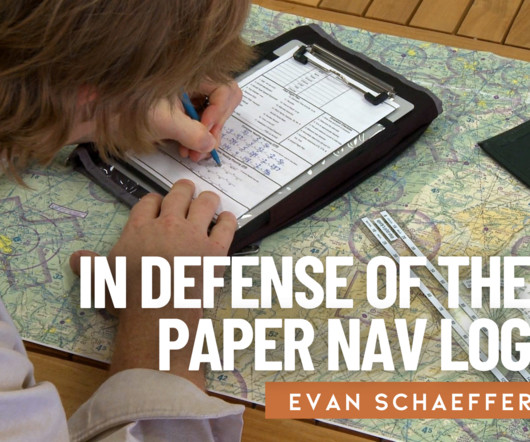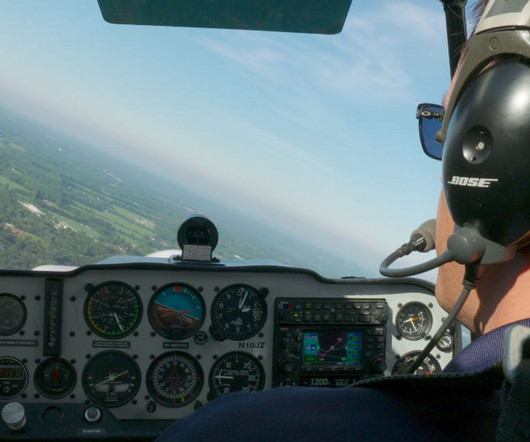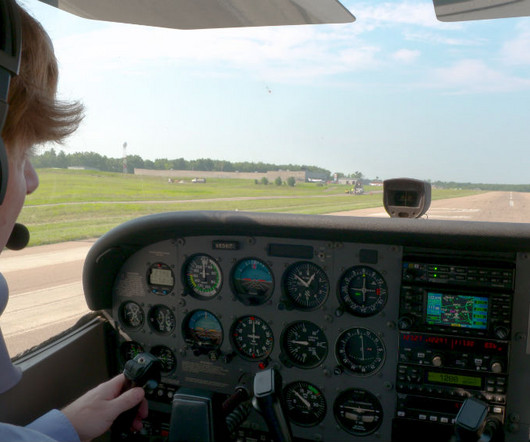Air pressure and density
Professional Pilot
JULY 7, 2025
By Karsten Shein Comm-Inst Climate Scientist QNE, QNH, and QFE describe different altitudes for different phases of flight, but also serve as pressure altitude (QNE) or density altitude (QNH). This is important because as density decreases an aircraft must increase speed to maintain desired lift.
















Let's personalize your content